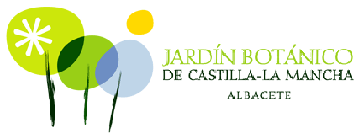Resumen
Crocetin is an apocarotenoid formed from the oxidative cleavage of zeaxanthin, by the carotenoid cleavage enzymes CCD2 (in Crocus species) and specific CCD4 enzymes in Buddleja davidii and Gardenia jasminoides. Crocetin accumulates in the stigma of saffron in the form of glucosides and crocins, which contain one to five glucose molecules. Crocetin glycosylation was hypothesized to involve at least two enzymes from superfamily 1 UDP-sugar dependent glycosyl-transferases. One of them, UGT74AD1, produces crocins with one and two glucose molecules, which are substrates for a second UGT, which could belong to the UGT79, 91, or 94 families. An in silico search of Crocus transcriptomes revealed six candidate UGT genes from family 91. The transcript profiles of one of them, UGT91P3, matched the metabolite profile of crocin accumulation, and were co-expressed with UGT74AD1. In addition, both UGTs interact in a two-hybrid assay. Recombinant UGT91P3 produced mostly crocins with four and five glucose molecules in vitro, and in a combined transient expression assay with CCD2 and UGT74AD1 enzymes in Nicotiana benthamiana. These results suggest a role of UGT91P3 in the biosynthesis of highly glucosylated crocins in saffron, and that it represents the last missing gene in crocins biosynthesis. © 2021 by the authors. Licensee MDPI, Basel, Switzerland.


Leave a Reply